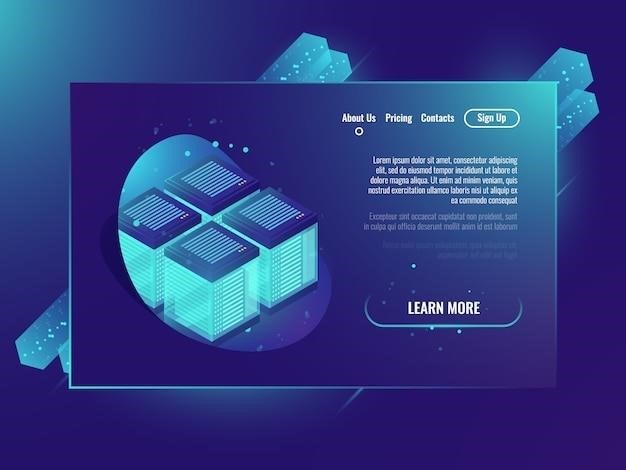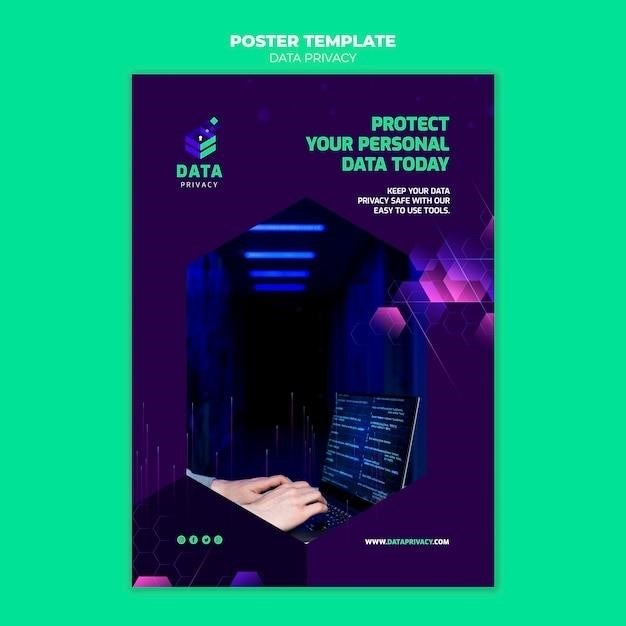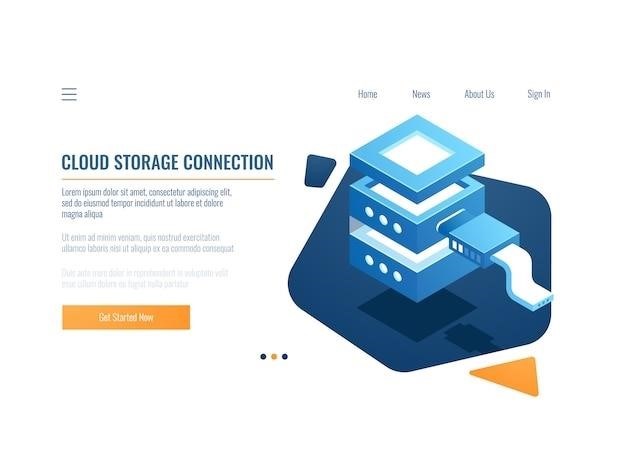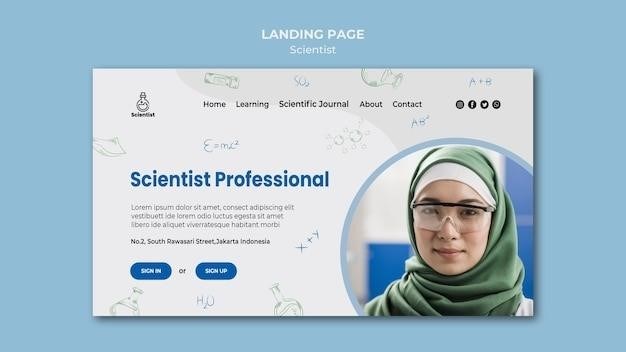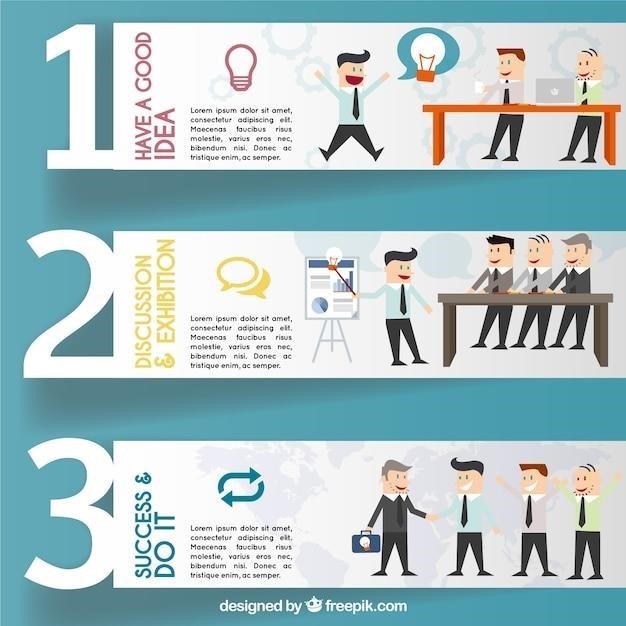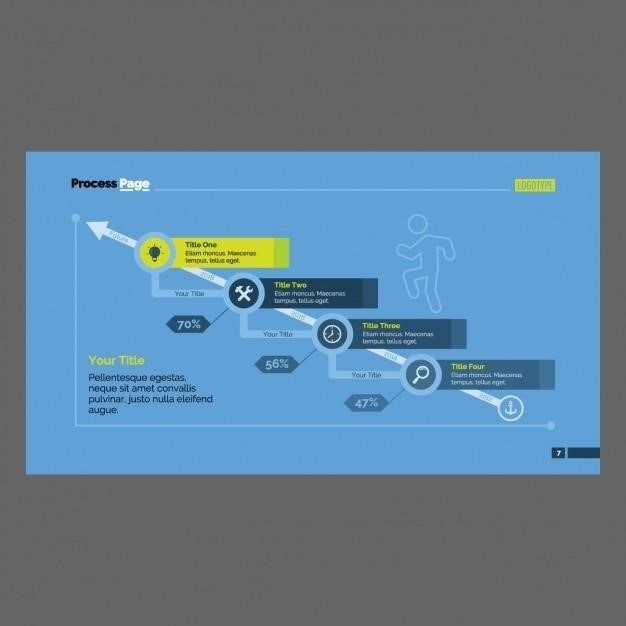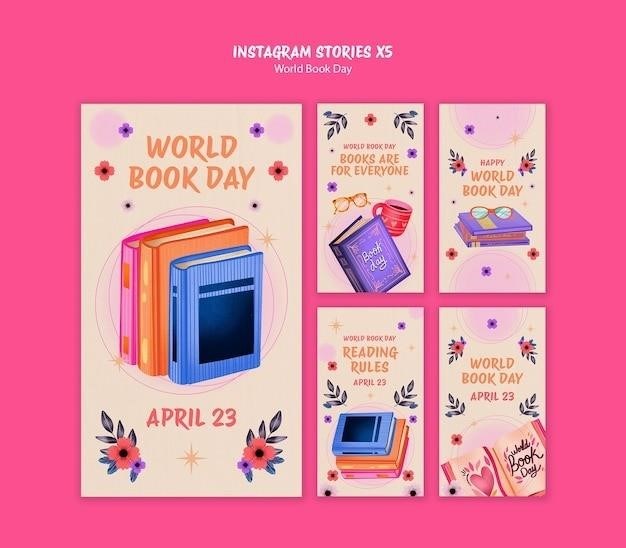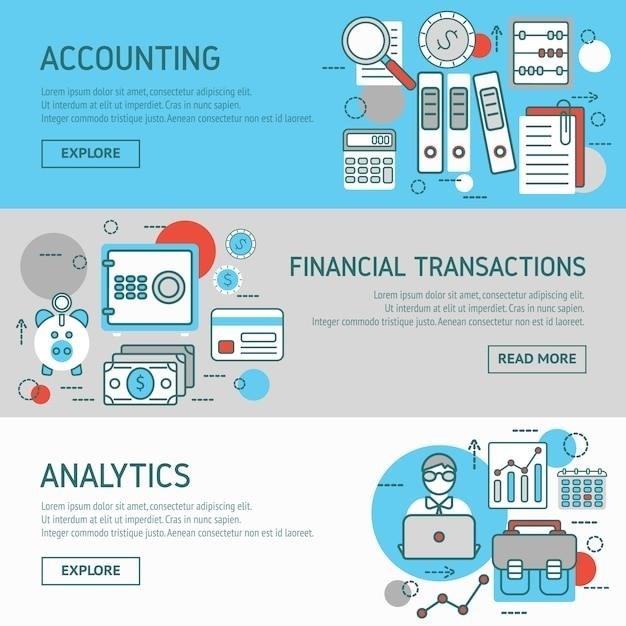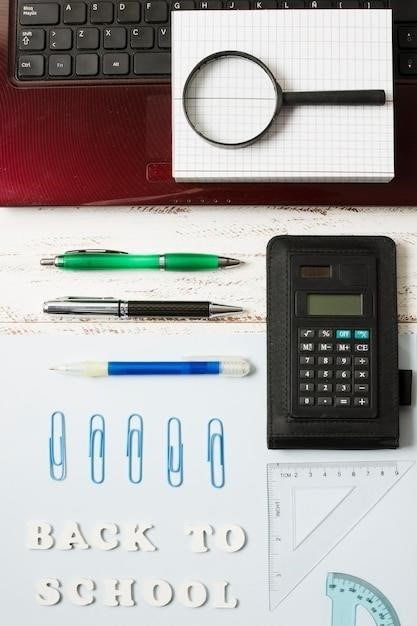Understanding Arizona Quitclaim Deeds
An Arizona quitclaim deed is a legal document used to transfer ownership of real estate from one person (grantor) to another (grantee) without any guarantee that the title is free of defects. The grantor releases their interest in the property to the grantee‚ who in turn accepts the title despite there being no guarantee that the grantor has the right to convey in the first place.
What is an Arizona Quitclaim Deed?
An Arizona quitclaim deed is a legal document that transfers property rights from one individual (the grantor) to another (the grantee) without any warranties or guarantees regarding the property’s title. This means the grantor doesn’t promise the title is free of defects or encumbrances‚ and the grantee accepts the property “as is.” Essentially‚ the grantor simply relinquishes their interest in the property to the grantee‚ regardless of whether they actually possess full ownership or rights.
Purpose of a Quitclaim Deed in Arizona
Quitclaim deeds in Arizona serve various purposes‚ often involving situations where a clean and swift transfer of property rights is desired‚ even if absolute clarity regarding the title is not essential. They are commonly used for⁚ transferring property between family members or close associates‚ resolving title issues‚ like removing a former spouse’s name from a deed‚ or adding a new owner to a property. While providing a quick and straightforward method for transferring property‚ quitclaim deeds should be used with caution due to the lack of title warranties.
Arizona Quitclaim Deed Requirements
Arizona quitclaim deeds must meet specific statutory requirements to be considered valid and legally binding.
Statutory Requirements for Arizona Quitclaim Deeds
Arizona law outlines specific requirements for quitclaim deeds to be considered valid and legally binding. These requirements are detailed in the Arizona Revised Statutes‚ specifically Section 33-402. The statute mandates that a quitclaim deed must be in writing and contain a heading that clearly identifies the nature of the document as a quitclaim deed. Additionally‚ the deed must be signed by the grantor‚ and their signature must be notarized. This process ensures that the grantor’s intent to transfer ownership is clearly documented and verified. To further ensure proper recording and public accessibility‚ the deed must be filed with the County Recorder’s Office in the county where the property is located. This process ensures that the transfer of ownership is officially documented and becomes part of the public record.
Signing and Notarization
Arizona law requires specific procedures for signing and notarizing a quitclaim deed to ensure its validity and legal enforceability. The grantor‚ the individual transferring ownership‚ must personally sign the deed in the presence of a notary public. The notary’s role is to verify the grantor’s identity‚ witness their signature‚ and then affix their official seal and signature to the document. This notarization process is crucial as it adds a layer of authentication to the deed‚ confirming that the grantor’s signature is genuine and that they willingly and knowingly transferred ownership of the property. While the grantee‚ the individual receiving ownership‚ does not need to sign the deed‚ their name and contact information must be clearly stated within the document. This ensures that the transfer of ownership is correctly recorded and that the grantee’s identity is clearly established.
Recording Requirements
Once a quitclaim deed is properly signed and notarized‚ it must be recorded with the County Recorder’s Office in the county where the property is located. This step is essential to make the transfer of ownership official and public record. Arizona law requires that the deed be filed with the Recorder’s Office to provide constructive notice to the public that the ownership of the property has changed. The Recorder’s Office will assign a unique document number to the deed and place it in the public records‚ making it accessible for anyone to review. This ensures that future transactions involving the property‚ such as a sale or mortgage‚ are conducted with full knowledge of the current ownership. The recording process typically involves paying a fee to the Recorder’s Office‚ and the deed must be submitted in its original form. It is advisable to consult the specific instructions provided by the County Recorder’s Office to ensure that the deed is recorded correctly and efficiently.

Uses of Arizona Quitclaim Deeds
Quitclaim deeds in Arizona serve various purposes‚ from transferring property ownership to resolving title issues and adjusting names on deeds.
Transferring Property
A primary use of Arizona quitclaim deeds is to transfer property ownership. This is particularly helpful for situations where a quick and straightforward transfer is desired‚ even if there are uncertainties about the title’s clarity. For example‚ a quitclaim deed might be used to transfer property between family members‚ where the grantor is confident in the title’s validity but wishes to avoid the complexities and costs associated with a warranty deed. It’s important to remember that the grantor does not guarantee the title’s freedom from defects when using a quitclaim deed‚ and the grantee accepts the property “as is.”
Resolving Title Issues
Quitclaim deeds can be valuable tools for resolving title issues in Arizona. If a property has a cloud on its title‚ meaning there are potential claims or disputes regarding ownership‚ a quitclaim deed can be used to clear the title. For example‚ if a previous owner has a claim on the property or if there are outstanding liens‚ a quitclaim deed from the previous owner or lienholder to the current owner can be used to remove these claims. The quitclaim deed effectively releases any interest the grantor might have in the property‚ thus simplifying the title and potentially making it more attractive to buyers.
Adding or Removing Names from Deeds
Quitclaim deeds in Arizona can also be used to add or remove names from property deeds. For instance‚ if a couple is getting divorced and wants to remove one spouse’s name from the deed‚ a quitclaim deed can be used to transfer ownership to the remaining spouse. Similarly‚ if someone wants to add a new co-owner to a property‚ a quitclaim deed can be used to transfer a portion of the ownership to the new co-owner. It’s important to note that when using a quitclaim deed for this purpose‚ the grantor should carefully consider the implications of transferring ownership‚ as they are not making any warranties about the title’s clarity.
Advantages and Disadvantages of Arizona Quitclaim Deeds
Quitclaim deeds in Arizona offer a simple and quick way to transfer property‚ but they come with significant risks due to the lack of title warranties.
Advantages
Arizona quitclaim deeds offer several advantages that make them appealing for certain situations. Firstly‚ they are a relatively simple and inexpensive way to transfer property‚ as they do not require extensive title searches or warranties. This makes them a popular choice for transferring property between family members or for resolving minor title issues. Secondly‚ quitclaim deeds can be used to add or remove names from deeds‚ which can be helpful for estate planning purposes or when a property is being transferred to a new owner. Lastly‚ quitclaim deeds are generally quicker to process than other types of deeds‚ as they do not require the same level of scrutiny.
Disadvantages
While Arizona quitclaim deeds offer certain advantages‚ they also come with significant drawbacks. The most notable disadvantage is the lack of warranty of title. This means that the grantor does not guarantee that they have clear ownership of the property or that there are no outstanding claims against it. This can leave the grantee vulnerable to future legal challenges or disputes. Another concern is that quitclaim deeds do not provide any protection against liens or encumbrances on the property. If there are outstanding debts or other claims against the property‚ the grantee could be responsible for them. Finally‚ quitclaim deeds are generally not favored by title insurance companies‚ as they are considered to be a high-risk transfer of ownership. This can make it difficult to obtain financing for a property that has been transferred using a quitclaim deed.

Arizona Quitclaim Deed Forms and Templates
There are various resources available for obtaining Arizona quitclaim deed forms and templates‚ both free and professional.
Free Arizona Quitclaim Deed Templates
Several websites offer free Arizona quitclaim deed templates in PDF format‚ allowing individuals to download and fill out the form themselves. These templates typically include the necessary legal language and sections for identifying the grantor‚ grantee‚ property description‚ and notary information. However‚ it’s crucial to understand that using a free template does not guarantee the legal validity or accuracy of the document. It’s always recommended to consult with an attorney to ensure the quitclaim deed complies with all applicable Arizona laws and regulations.
Professional Quitclaim Deed Forms
For individuals seeking a higher level of assurance and legal accuracy‚ professional quitclaim deed forms are available from legal document preparation services‚ attorneys‚ and real estate professionals. These forms are typically drafted by experienced professionals who ensure compliance with Arizona laws and best practices. While they come at a cost‚ professional forms provide peace of mind and help mitigate the risks associated with legal inaccuracies or omissions. They may also include guidance on completing the form correctly‚ ensuring proper notarization‚ and recording the document with the appropriate county office.
Arizona quitclaim deeds offer a quick and straightforward way to transfer property‚ but they come with significant risks. Understanding the implications is crucial before using this type of deed.
Key Takeaways
An Arizona quitclaim deed is a simple document that transfers ownership of real estate without any warranty that the title is clear; It is a quick and inexpensive way to transfer property‚ but it comes with significant risks. The grantor does not guarantee that they have a valid title to the property‚ and the grantee accepts the property “as is” without any recourse if there are title issues. The use of quitclaim deeds is often associated with family matters‚ such as transferring property to a spouse or child‚ or resolving title issues between co-owners.
Next Steps
If you are considering using a quitclaim deed in Arizona‚ it is essential to consult with a qualified real estate attorney. They can advise you on the risks and benefits of using this type of deed and help you ensure that the deed is properly executed and recorded. You should also obtain title insurance to protect yourself from potential title issues. Title insurance protects you against financial losses if someone later claims ownership of the property. It is vital to understand the implications of using a quitclaim deed and take appropriate steps to protect your interests.

